Encourage children to explore their feelings and boost their wellbeing with this journal page. Designed to help children identify and share their emotions, reflect on their day and set positive intentions.
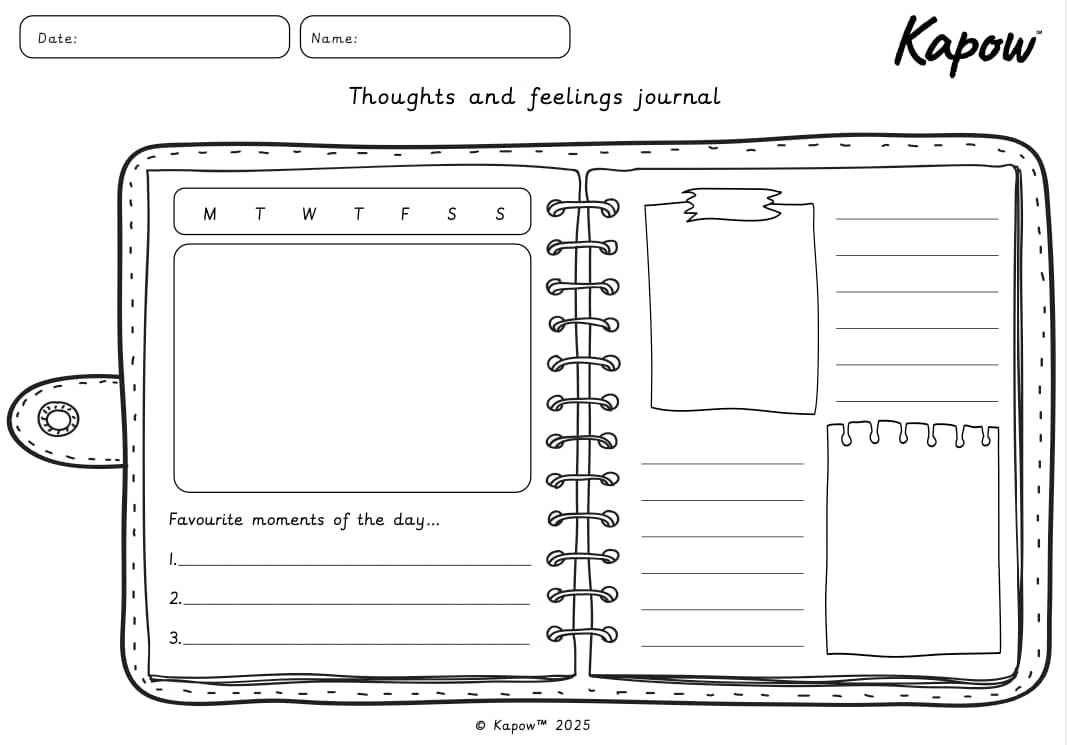
Encourage children to explore their feelings and boost their wellbeing with this journal page. Designed to help children identify and share their emotions, reflect on their day and set positive intentions.
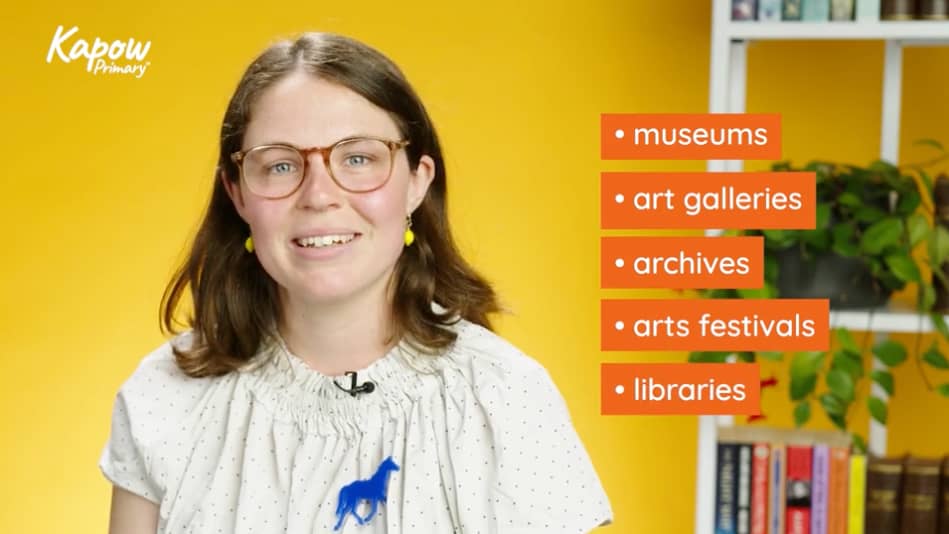
Ella Finney, an assistant curator at the Garden Museum, explains the work of a curator.
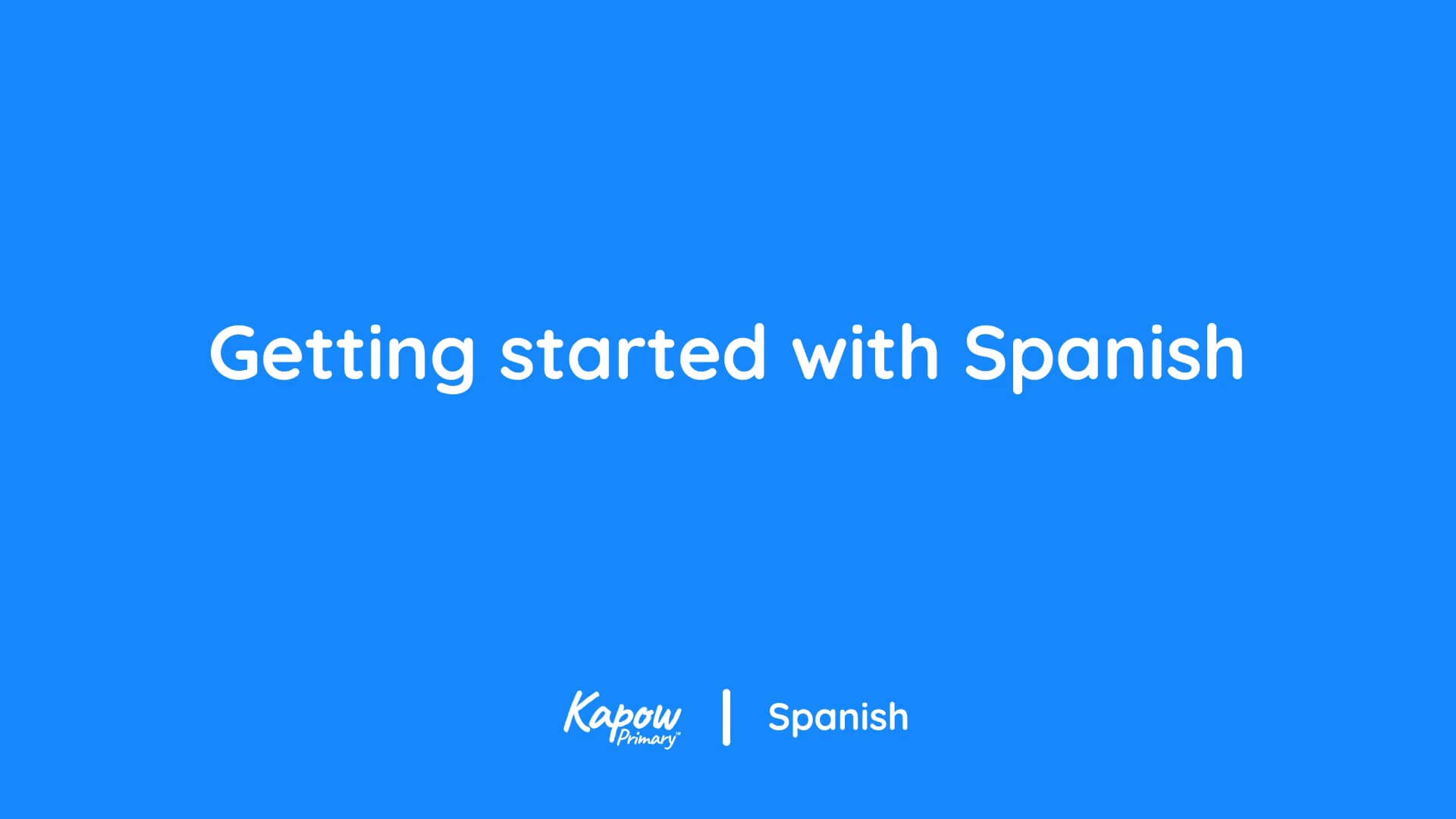
An introduction to the Kapow Primary Spanish scheme of work, with tips to help you teach languages confidently.
Please note: this teacher video was originally created to provide guidance for the Year 3: Spanish greetings with puppets unit and may refer to this unit.

This unit vocabulary display includes keywords from the mixed-age unit Science, Y5/6 (A), Making connections: How reflective are space blankets? and additional unit-specific words that may be helpful in a display.
Key vocabulary is clearly labelled on the display, highlighting essential words that the pupils are expected to retain and reuse in future units. Understanding these words enhances comprehension of the subject and supports understanding of key scientific concepts and processes.
See the full Science: Progression of key vocabulary.
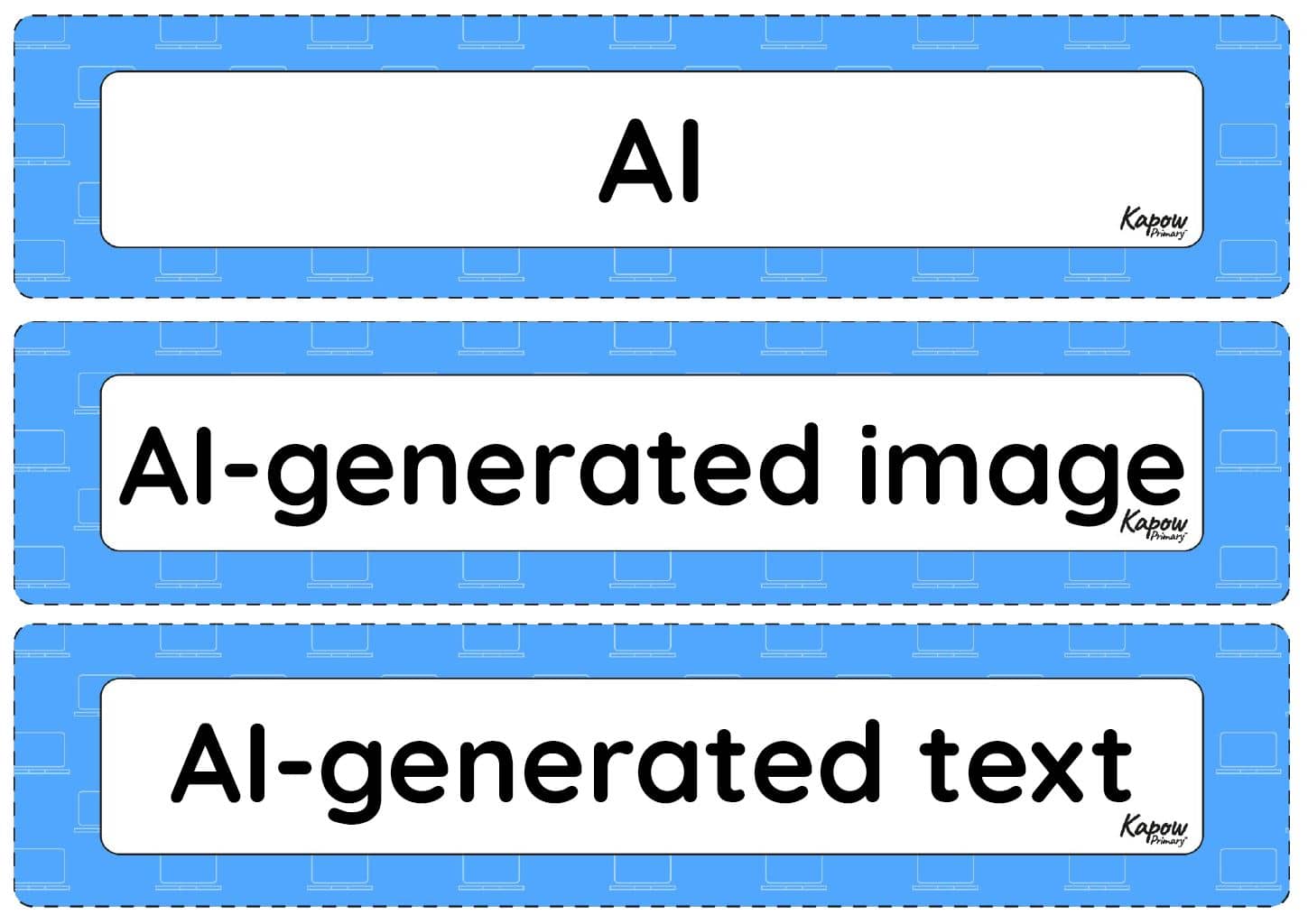
This unit vocabulary display includes keywords from the mixed-age unit Computing, Year 6, Computing systems and networks, Exploring AI and additional unit-specific words that may be helpful in a display.
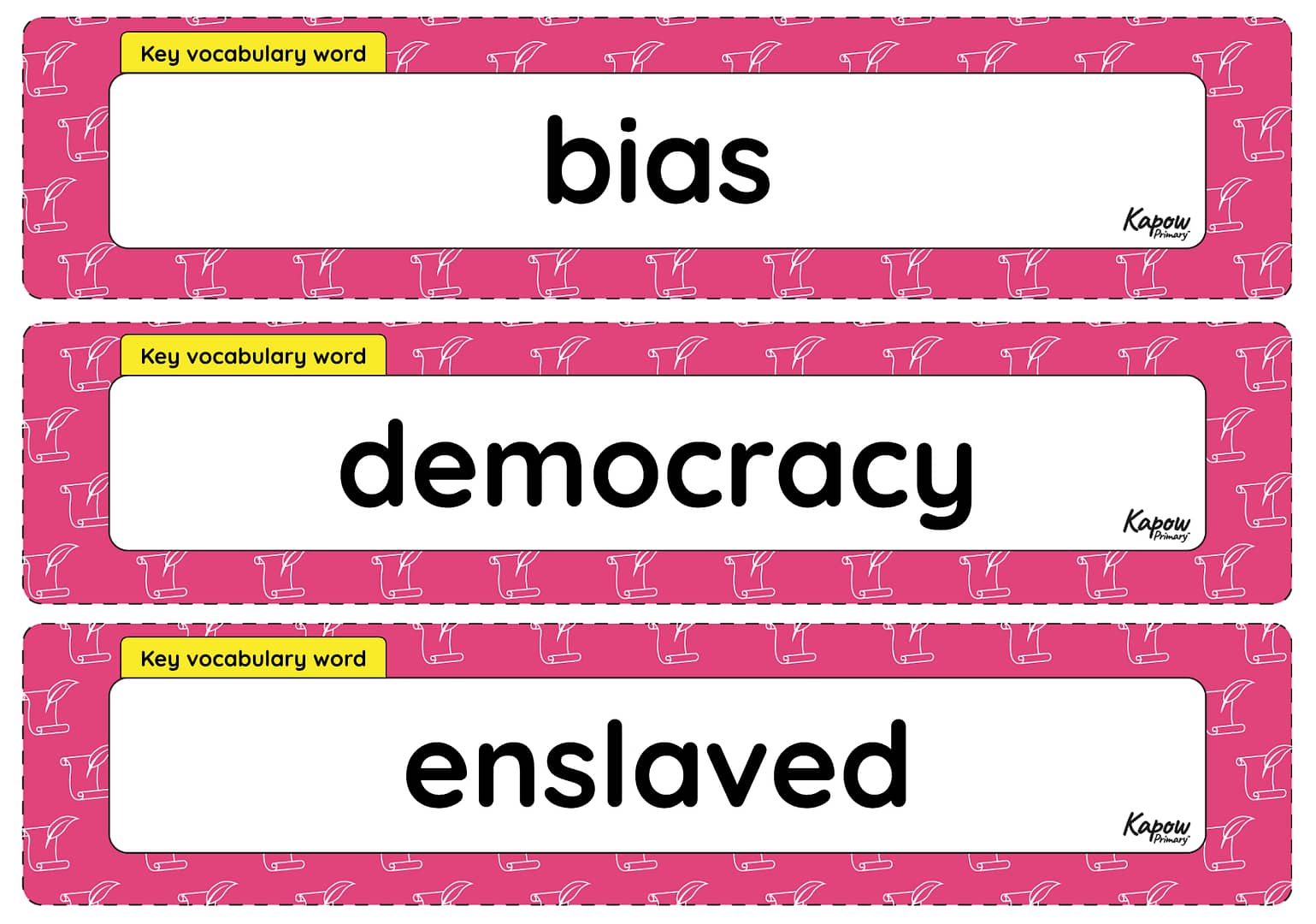
This unit vocabulary display includes keywords from the unit History, Year 5, What was life like in Tudor England? and additional unit-specific words that may be helpful in a display.
Key vocabulary is clearly labelled on the display, highlighting essential words that the pupils are expected to retain and reuse in future units. Understanding these words enhances comprehension of the subject and supports understanding of key knowledge and skills.
See the full History: Progression of key vocabulary.
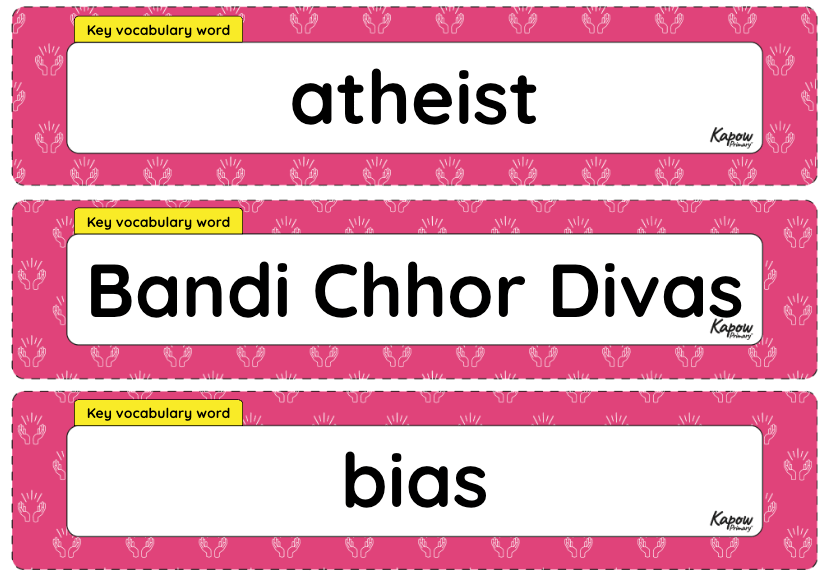
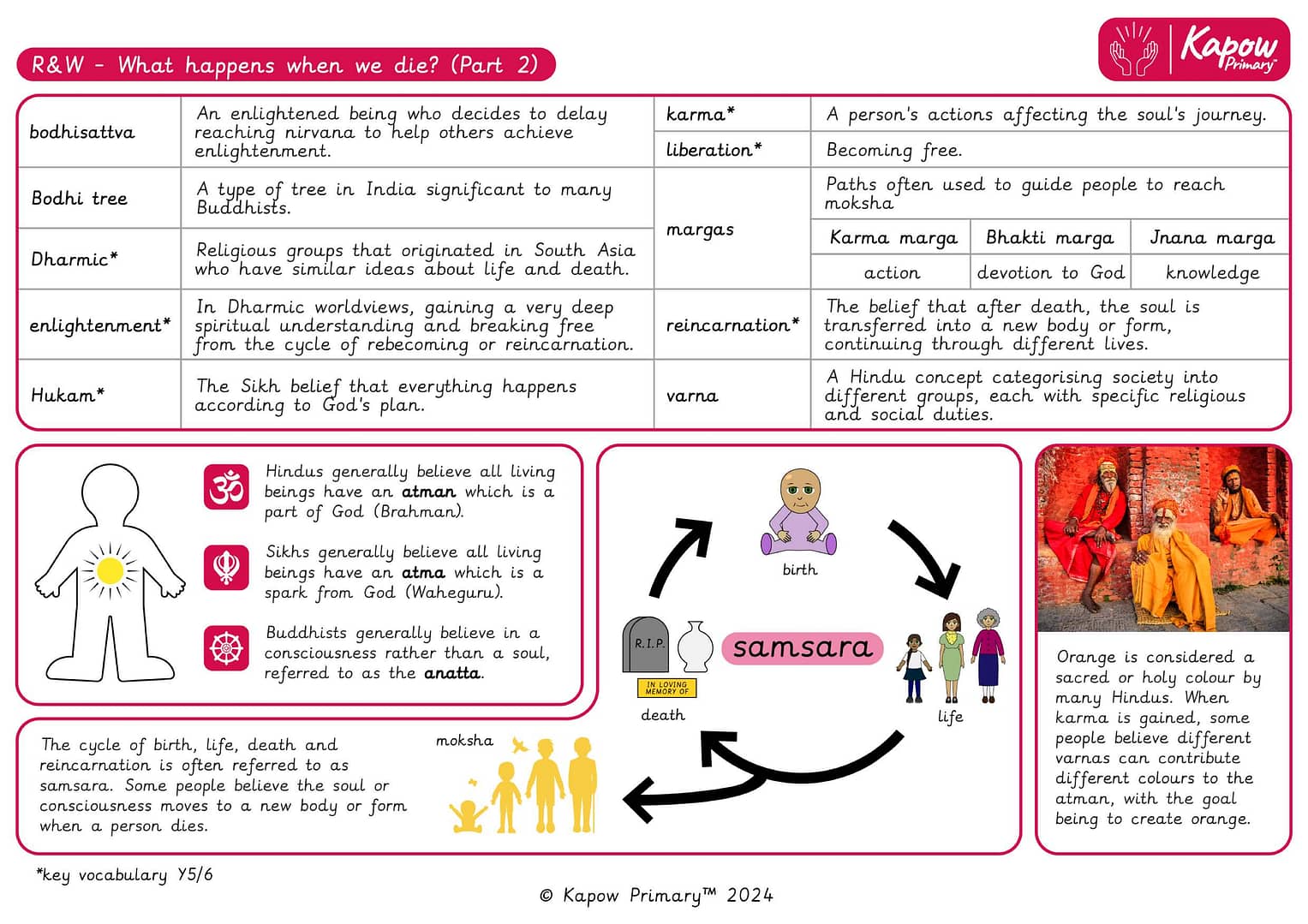
A Knowledge organiser that captures the essential knowledge and skills learnt throughout the mixed-age unit Religion and worldviews, Y5/6 (A), What happens when we die? (Part 2)
This Religion and worldviews resource is designed to support children as they explore beliefs about death in various religious and cultural practices. It highlights key vocabulary and concepts from Dharmic worldviews, including Hindu, Sikh and Buddhist. It is perfect for consolidating essential knowledge and fostering cross-cultural understanding.
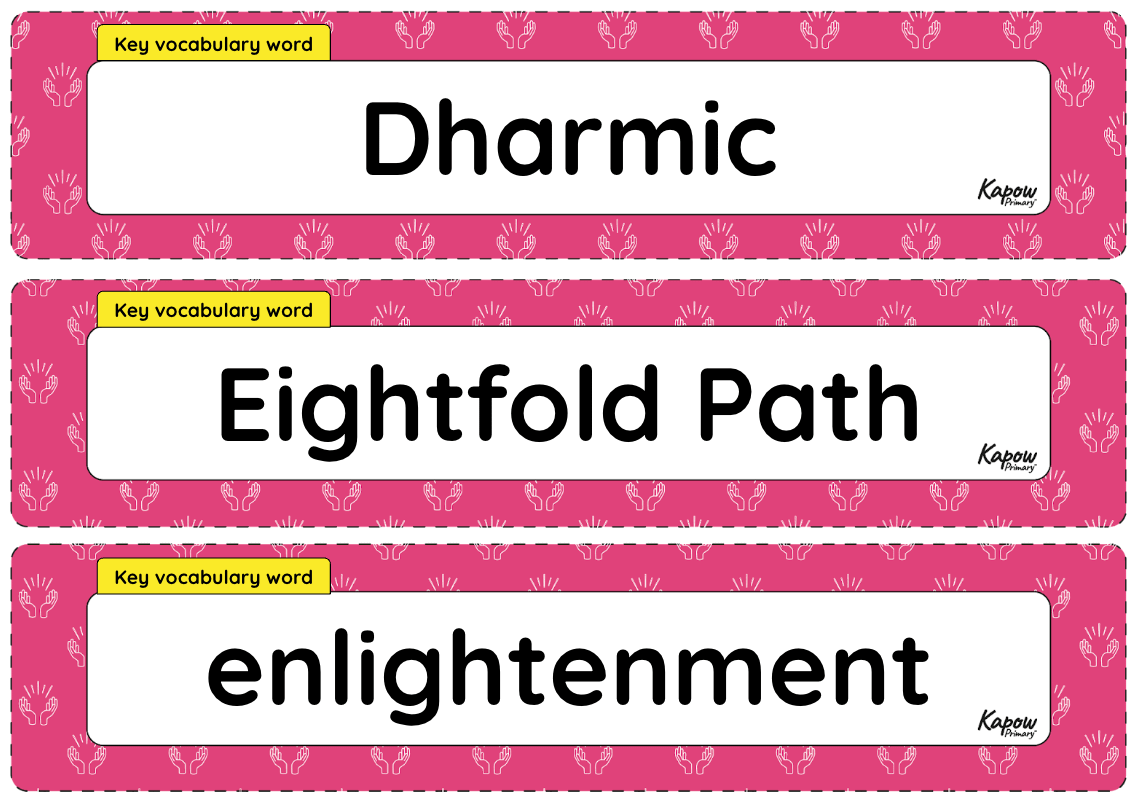
This unit vocabulary display includes keywords from the Year 5 unit Religion and worldviews, Y5/6 (A), What happens when we die? (Part 2) and additional unit-specific words that may be helpful in a display.
Key vocabulary is clearly labelled on the display, highlighting essential words that the pupils are expected to retain and reuse in future units. Understanding these words enhances comprehension of the subject and supports understanding of prominent organised worldviews.
See the full Religion and worldviews: Progression of key vocabulary.